You have 0 product(s) in your cart.
Abyss Scuba Diving
Scuba Diving For Science: Citizen Scientists Transforming Marine Research
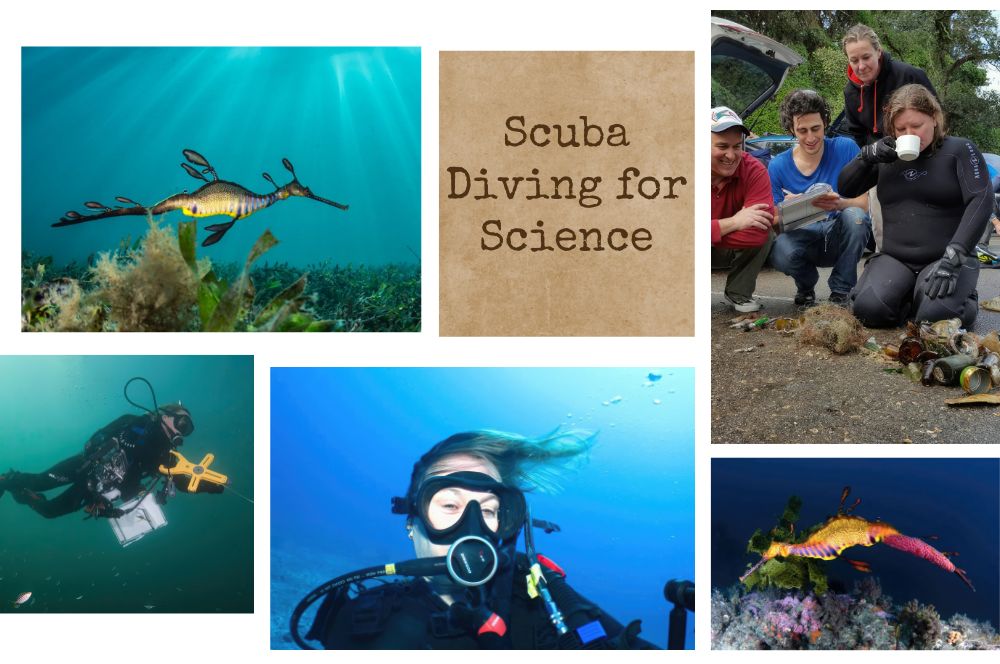
Scuba Diving for Science: How Citizen Scientists are Transforming Marine Research
Welcome, fellow divers! As a scuba diving instructor with 30 years of experience, I've been fortunate enough to explore the wonders of the underwater world and experience the adventure that lies beneath the surface. While the thrill of diving is undeniable, another aspect has become increasingly important to me and many others in the diving community: the opportunity to contribute to marine research as a citizen scientist.
Scuba diving offers us a unique window into an environment that remains largely unexplored and mysterious. As we dive deeper into this captivating world, our curiosity drives us to learn more about the creatures we encounter and the ecosystems they inhabit. This is where the beauty of citizen science comes into play – by harnessing our passion for the ocean and its inhabitants; we can actively participate in scientific research and make a tangible difference in the conservation of our marine ecosystems.
In this blog post, we'll explore the exciting world of citizen science in the context of scuba diving, discussing everything from the thrill of discovery and learning to the intricacies of studying mysterious creatures like the weedy seadragon. We'll also provide information on how you can get involved in citizen science projects and contribute to the greater understanding of our oceans. So grab your gear, and let's dive into the fascinating realm of scuba diving and citizen science!
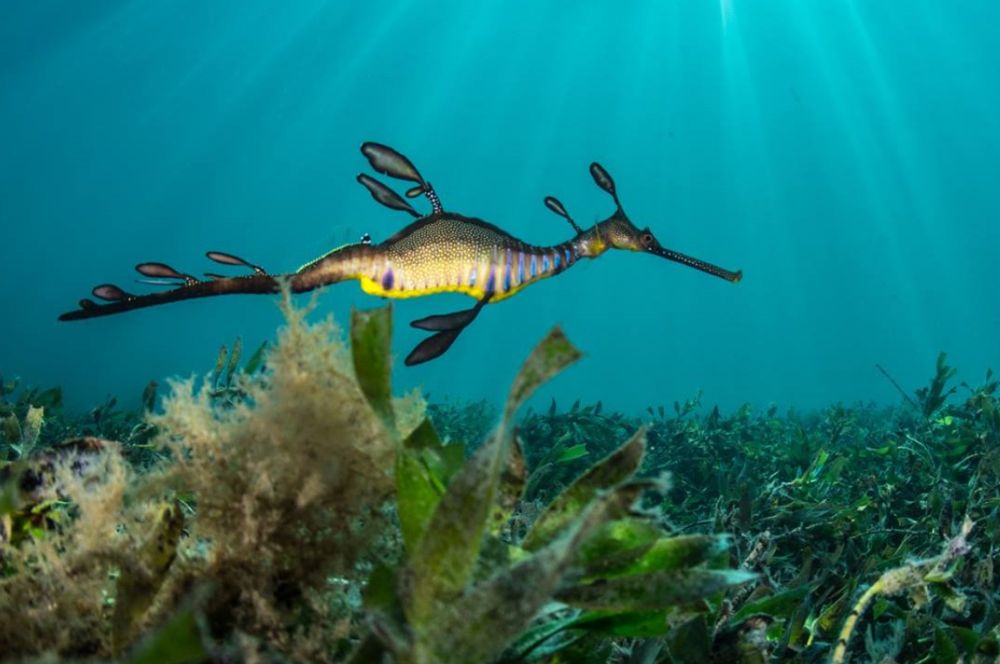
The Thrill of Discovery and Learning
As a scuba diving instructor with three decades of experience, I've seen firsthand the excitement and wonder of discovering and learning about marine life. Each dive presents new opportunities to observe fascinating underwater creatures, marvel at vibrant sponge gardens, and explore unique ecosystems. This sense of adventure and exploration fuels our passion for diving and keeps us returning for more.
One of the most rewarding aspects of scuba diving is the opportunity to learn about the complex relationships that exist within marine ecosystems. As we dive deeper into this captivating world, we understand the delicate balance supporting life beneath the waves. From the tiniest plankton to the most massive whale, each organism plays a crucial role in maintaining the health of our oceans.
Curiosity is an essential ingredient in our engagement with the underwater environment. As divers, we are naturally drawn to investigate the sea's hidden corners and uncover its inhabitants' secrets. This inquisitive nature enhances our enjoyment of diving and paves the way for us to become citizen scientists, using our observations and experiences to contribute to a greater understanding of marine life.
Kris O'Keeffe, a lifetime club member of Abyss Scuba Diving and a Citizen Scientist who works on weedy sea dragons, shared her journey from being captivated by the ocean as a child to becoming a passionate diver and citizen scientist. Kris's story highlights how the thrill of discovery and learning can evolve into a desire to make a meaningful impact on marine conservation.
Weedy sea dragons are an excellent example of the incredible creatures that inhabit our oceans. As Kris explained, these fascinating animals resemble seahorses and have leaf-like appendages that help them blend into their surroundings. Studying weedy sea dragons allows us to gain insight into their behaviour, habitat, and threats, ultimately contributing to the conservation of these vulnerable species.
We can transform our scuba diving adventures into meaningful scientific explorations by embracing our curiosity and thirst for knowledge. As we dive into the depths, we're not just seeking the thrill of discovery – we're also actively participating in the process of learning and contributing to the ever-evolving body of marine research. Through this pursuit, we can deepen our connection with the underwater world and play a vital role in safeguarding its future.
Becoming a Citizen Scientist
As scuba divers, our passion for exploring the underwater world and discovering its inhabitants can be channelled into making a meaningful impact on marine research and conservation. This is where the role of a citizen scientist comes into play. A citizen scientist is an individual who voluntarily participates in scientific research, often by collecting data or making observations, while lacking formal scientific training. The importance of citizen scientists cannot be overstated, as they help accelerate the pace of scientific research by providing valuable data on a scale that would be otherwise very challenging or impossible to collect. In recent years, the contributions of citizen scientists have gained increasing recognition and appreciation within the scientific community.
Scuba diving provides a unique platform for becoming a citizen scientist, as it allows us to access and explore the underwater environment in a way that few others can. Through our diving experiences, we can contribute to various citizen science projects associated with marine life and ocean conservation. Kris O'Keeffe's passion for the ocean started at a young age, growing up in a fishing village in Ireland. After learning to dive with Abyss Scuba Diving in Ramsgate, she became involved in marine volunteer activities through the Underwater Research Group of NSW, which later partnered with UTS to conduct surveys on weedy sea dragons in the Sydney area. She also learned about Reef Life Survey and became skilled in their techniques for conducting fish surveys and preserving data.
There are numerous citizen science projects associated with scuba diving that you can participate in, such as SeaDragonSearch and Reef Life Survey. SeaDragonSearch is a community-based research initiative focused on collecting data about wild seadragon populations across Australia through underwater photography. Citizen scientists can upload their weedy sea dragon photos to their website (www.seadragonsearch.org), which uses machine learning tools to identify and track individual dragons over time. Reef Life Survey (www.reeflifesurvey.com) is a global citizen science program that monitors and assesses the biodiversity of coral reefs and rocky reef ecosystems. Volunteer divers, after completing a comprehensive training program, conduct underwater surveys at designated sites using standardized techniques.
Becoming a citizen scientist can deepen your connection with the underwater world, contribute to scientific research, and play a crucial role in marine conservation efforts. So why not take the plunge and use your passion for scuba diving to make a difference in our oceans?
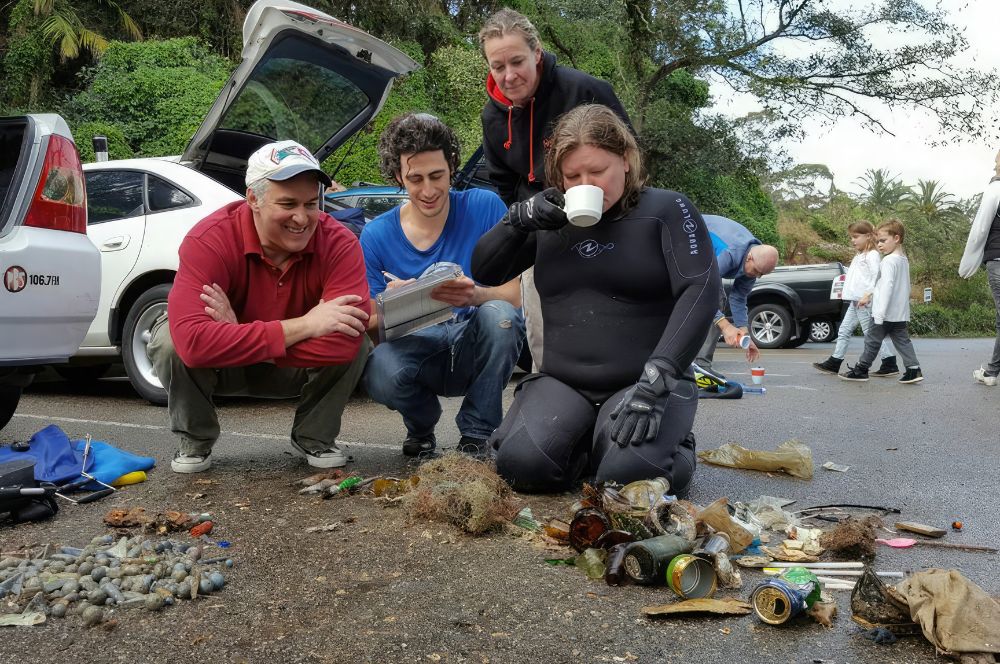
The Mysterious Weedy Seadragons
As we dive into the captivating world of citizen science, it's essential to explore some of the incredible marine creatures that we can study and help conserve. One such example is the enigmatic weedy seadragon, a fascinating inhabitant of the ocean that has captured the imagination of divers and researchers alike.
Weedy seadragons are remarkable creatures found primarily in the coastal waters of southern Australia. These captivating animals resemble seahorses, but with a twist – they have leaf-like appendages that help them blend into their surroundings, making them the "cryptids" of the ocean. These appendages serve as camouflage, allowing the seadragons to hide among seaweed and kelp forests, which form their preferred habitat. They have small, tubular snouts and use their protruding mouths to suck up tiny crustaceans as their primary food source.
Although weedy seadragons are not strong swimmers, they are highly adapted to their environment, using their camouflage to avoid predators. However, these vulnerable species face numerous threats, including habitat loss and degradation, highlighting the need for conservation efforts and further research to protect them and their marine ecosystems.
Citizen scientists like Kris O'Keeffe have been instrumental in collecting valuable data on weedy seadragons. Kris has contributed to our understanding of these elusive creatures and their populations through her work with the Underwater Research Group of NSW and the SeaDragonSearch project.
Those interested in studying weedy seadragons as citizen scientists must learn how to photograph these animals without disturbing or harming them. Tips for taking photos of weedy sea dragons for identity tracking include taking shots at a right angle as best possible to the side or flank of the animal without overly chasing or disturbing it and not touching it. By uploading these photos to the SeaDragonSearch website, you can help researchers track individual seadragons and monitor their populations.
By studying weedy seadragons and other marine life as citizen scientists, scuba divers can contribute to our understanding of these mysterious creatures and their ecosystems. In doing so, we can help ensure these unique species' survival and our oceans' health for generations to come.
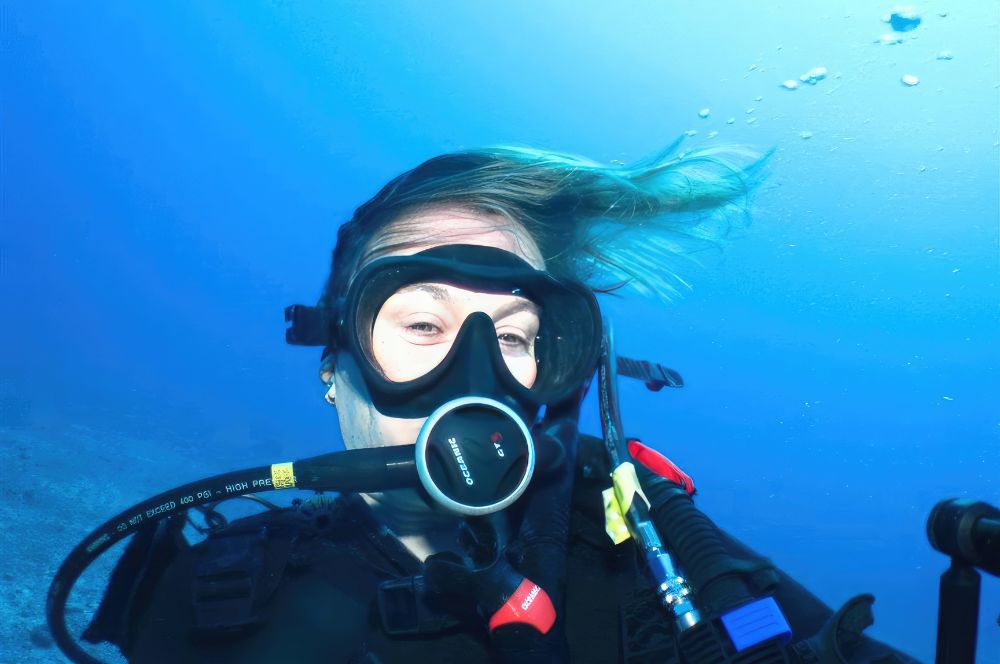
Case Study: Tracking Weedy Seadragons
Citizen scientists play a vital role in advancing our understanding of the underwater world and contributing to marine research. Kris has been actively involved in tracking and studying weedy seadragons in Sydney, providing valuable insights into the behaviour, habitat, and conservation of these fascinating creatures.
Methodology for Studying and Identifying Individual Seadragons
Kris and other citizen scientists use photography and pattern analysis to study and identify individual weedy seadragons. The process begins with collecting high-quality photographs of the seadragons during their dives. It's essential to take photos at a right angle as best possible to the side or flank of the animal without overly chasing or disturbing it and not touching it. This approach helps ensure that the unique spot patterns on the seadragon can be clearly seen and analyzed without causing harm or stress to the animal.
Once the photos have been collected, they are uploaded to the SeaDragonSearch website (www.seadragonsearch.org), a community-based research initiative focused on collecting data about wild seadragon populations across Australia through underwater photography. The project has partnered with non-profit software developer Wild Me, which uses machine learning tools to identify seadragons in photos and track individual dragons over time.
Researchers can distinguish between individual animals and monitor their movements and populations by analysing the spot patterns on the weedy seadragons. Those interested in studying weedy seadragons as citizen scientists must find the information invaluable for understanding the species' behaviour, habitat preferences, and any potential threats they face, ultimately contributing to conservation efforts and protecting these vulnerable marine creatures.
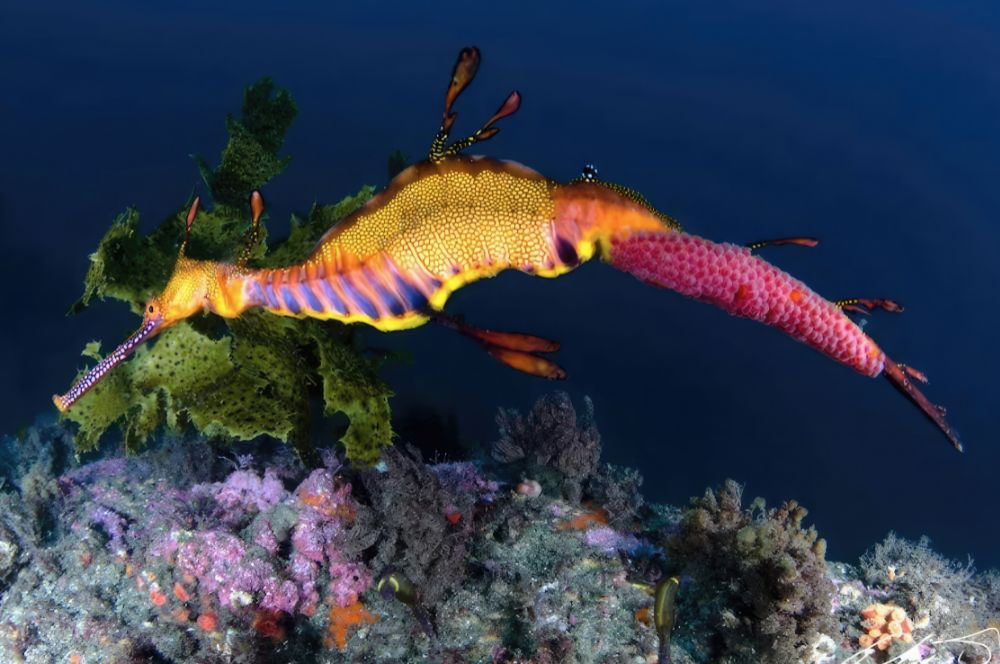
The Impact of Citizen Scientists on Marine Research
Citizen scientists like Kris O'Keeffe are transforming our understanding of marine life and accelerating the pace of scientific research. By dedicating their time, skills, and passion for scuba diving to the study of weedy seadragons and other marine creatures, citizen scientists are providing researchers with invaluable data that would be otherwise challenging or impossible to collect.
To become a citizen scientist and contribute to marine research, it's essential to have basic scuba diving and underwater photography skills. With these abilities, you can participate in ongoing projects such as SeaDragonSearch, Reef Life Survey, and NSW URG expeditions and surveys. You can support marine conservation efforts by uploading your dive photos to sites like SeaDragonSearch and Spot A Shark by helping researchers identify individual animals and track their populations.
The Impact of Citizen Science on Marine Conservation
Citizen science has emerged as a powerful force in advancing our understanding of marine life and ocean conservation. By engaging a large number of volunteers, scientists can collect data on a scale that would be otherwise very challenging or impossible, accelerating scientific research. In this section, we'll explore the positive impact of citizen science on marine conservation, focusing on how the data collected by citizen scientists have contributed to our knowledge of species like the weedy seadragon and their protection.
Understanding Marine Life through Citizen Science
One of the most significant contributions of citizen scientists is their ability to gather extensive data on marine species, helping researchers better understand their behaviour, habitat preferences, and population dynamics. By collecting high-quality photographs of these elusive creatures and uploading them to the SeaDragonSearch website, Kris and other citizen scientists have provided valuable insights into the lives of weedy seadragons and the threats they face.
Moreover, using machine learning tools to analyze the spot patterns on weedy seadragons has enabled researchers to distinguish between individual animals, monitor their movements, and track their populations over time. This information is vital for understanding the species' vulnerability to habitat loss and other environmental threats, ultimately contributing to conservation efforts and the protection of these fascinating marine creatures.
Protecting Our Oceans through Citizen Science
The data collected by citizen scientists advance our understanding of marine life and inform policy decisions and management strategies for ocean conservation. By documenting the distribution, abundance, and trends of various marine species, citizen scientists help identify areas that require targeted conservation efforts and provide evidence for the effectiveness of existing measures.
The data gathered by citizen scientists through the SeaDragonSearch and Reef Life Survey projects has been instrumental in shaping marine protected areas, informing fisheries management decisions, and guiding habitat restoration efforts. By participating in these projects, scuba divers actively contribute to protecting and preserving marine species like the weedy seadragon and their ecosystems.
Enhancing the Scuba Diving Experience through Citizen Science
Becoming a citizen scientist benefits marine research and conservation and enriches the scuba diving experience by giving it a sense of purpose and adding a layer of engagement and satisfaction to underwater explorations. Divers can take pride in knowing that their observations and photographs contribute to advancing scientific knowledge and protecting our oceans.
If you're interested in becoming a citizen scientist and making a difference in marine conservation, consider participating in ongoing projects such as SeaDragonSearch, Reef Life Survey, or NSW URG expeditions and surveys. You can support research and conservation efforts by uploading your dive photos to sites like SeaDragonSearch and Spot A Shark by helping researchers identify individual animals and track their populations.
How to Get Involved: Becoming a Citizen Scientist
If you're passionate about scuba diving and interested in contributing to marine research and conservation, becoming a citizen scientist is an excellent way to combine your love for the underwater world with a meaningful purpose. In this section, we'll outline how you can start your journey as a citizen scientist and participate in projects related to marine life.
Step 1: Get Certified as a Scuba Diver
The first step towards becoming a citizen scientist is to get certified as a scuba diver. This will ensure that you are comfortable and skilled in the water, allowing you to focus on observing and documenting marine life. There are various scuba diving certification organizations, such as PADI or SSI, that offer courses for beginners and advanced divers. Once you have completed your open-water certification, consider taking additional courses to enhance your diving skills, such as underwater photography or Fish Identification.
Step 2: Find Citizen Science Projects Related to Marine Life
Once you are a certified scuba diver, explore opportunities to participate in citizen science projects focused on marine life. Some well-known projects include SeaDragonSearch, Reef Life Survey, and the Underwater Research Group of NSW expeditions and surveys. These initiatives welcome volunteer divers to contribute to research efforts by conducting underwater surveys, taking photographs of marine species, and recording environmental parameters.
To find a project that aligns with your interests and location, you can visit the websites of these organizations or reach out to local dive clubs, marine research institutions, or conservation groups. Many of these organizations provide training and resources to help citizen scientists develop the necessary skills and knowledge to participate effectively in their projects.
Step 3: Learn Basic Underwater Photography Skills
Underwater photography plays a crucial role in many citizen science projects, as it allows researchers to identify individual animals, track their populations, and monitor their habitats. To contribute effectively to these projects, developing basic underwater photography skills is essential. You can learn these skills through online tutorials, workshops, or specialized courses offered by dive centres.
When taking photos of marine creatures like weedy sea dragons or grey nurse sharks for identification purposes, remember to follow best practices such as taking shots at the right angle, not disturbing the animal, and capturing as much of the animal in the shot as possible. These guidelines will ensure that your photographs are useful to researchers and respectful of the marine life you're documenting.
Step 4: Share Your Photos and Data with Relevant Projects
Once you have collected photographs and data during your dives, please share them with the appropriate citizen science projects. For example, you can upload your weedy sea dragon photos to the SeaDragonSearch website (www.seadragonsearch.org) and your grey nurse shark photos to the Spot A Shark website ( www.spotashark.com/greynurse-sharks). You'll support research efforts and marine conservation initiatives by contributing your observations and images to these databases.
Step 5: Stay Engaged and Spread the Word
As a citizen scientist, staying engaged with the projects you're involved in and continuing to develop your skills and knowledge is essential. Attend workshops, webinars, and conferences related to marine research and conservation to stay up-to-date on the latest findings and best practices. Share your experiences and passion for citizen science with friends, family, and fellow divers to inspire others to join the cause and contribute to protecting our oceans.
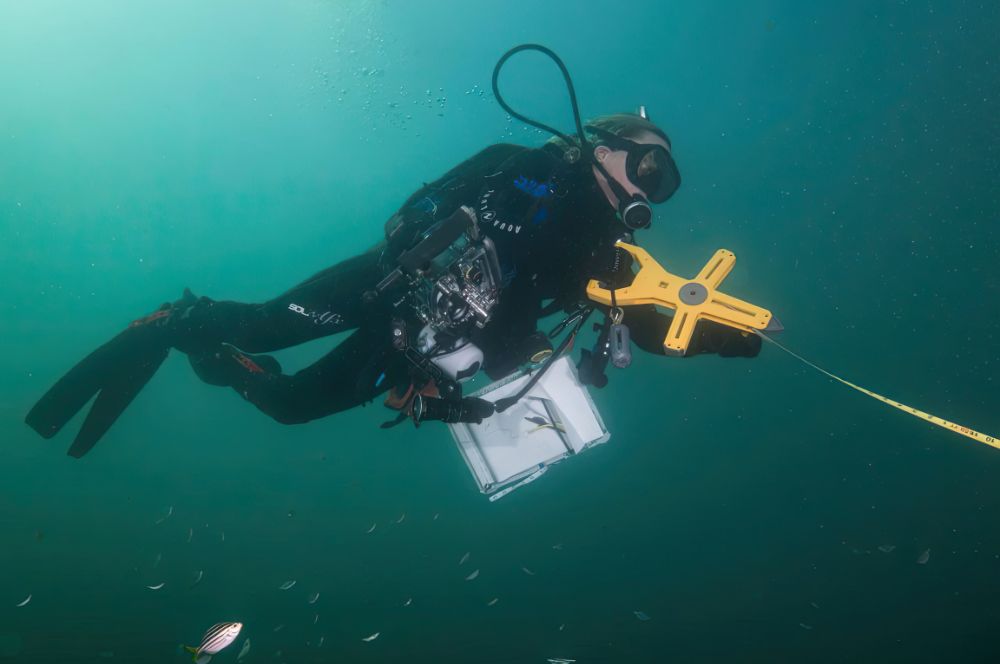
Conclusion: Scuba Diving for Science and Marine Conservation
As we reach the end of our exploration into the world of citizen science and its impact on marine research, it's essential to reap the many benefits that scuba diving offers. Not only does diving provide a unique and exhilarating experience, but it also presents a fantastic opportunity for individuals to contribute to scientific research and marine conservation efforts.
I want to express our heartfelt gratitude to Kris O'Keeffe for her invaluable help in writing this blog post, her inspiring work as a citizen scientist, and her ongoing support of Abyss Scuba Diving. Kris's passion for the underwater world, dedication to citizen science, and commitment to marine conservation serves as an inspiration to us all.
For those who share a love for scuba diving and the marine environment, I encourage you to consider diving as a unique pathway into citizen science. By participating in projects like SeaDragonSearch and Reef Life Survey, you can deepen your understanding of our oceans and contribute to their preservation for future generations.
As Kris O'Keeffe's journey demonstrates, scuba diving can be more than just a recreational pursuit – it can be a powerful force for positive change. So, take the plunge, get involved, and join the growing community of citizen scientists dedicated to protecting and conserving our precious marine ecosystems. Together, we can make a difference in the world beneath the waves.
References:
- ABC interview with URG citizen scientists and UTS scientists Selma Klaten and David Booth long term researcher of weedy Seagragons.
- ABC article describing scientists use of facial recognition technology to track the lives of individuals.
RELATED POSTS
-
From Code to Coral: Why Scuba Diving…
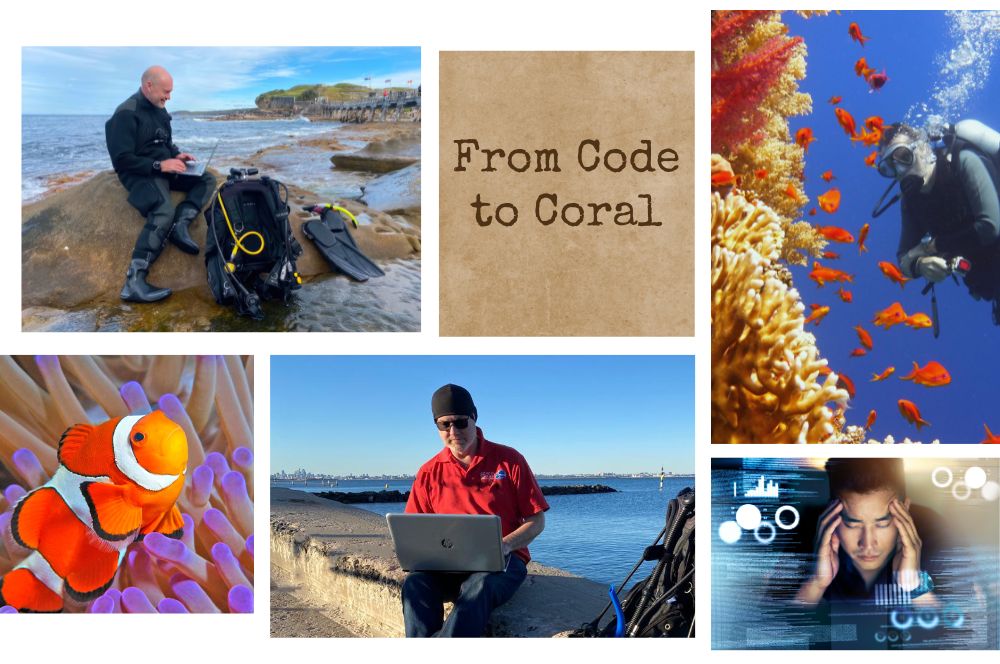
From Code to Coral:…
From Code to Coral: Why Scuba Diving is the Surprising Hobby of IT Professionals Imagine a group of IT experts […] -
Unearth Benefits of Scuba Diving for…
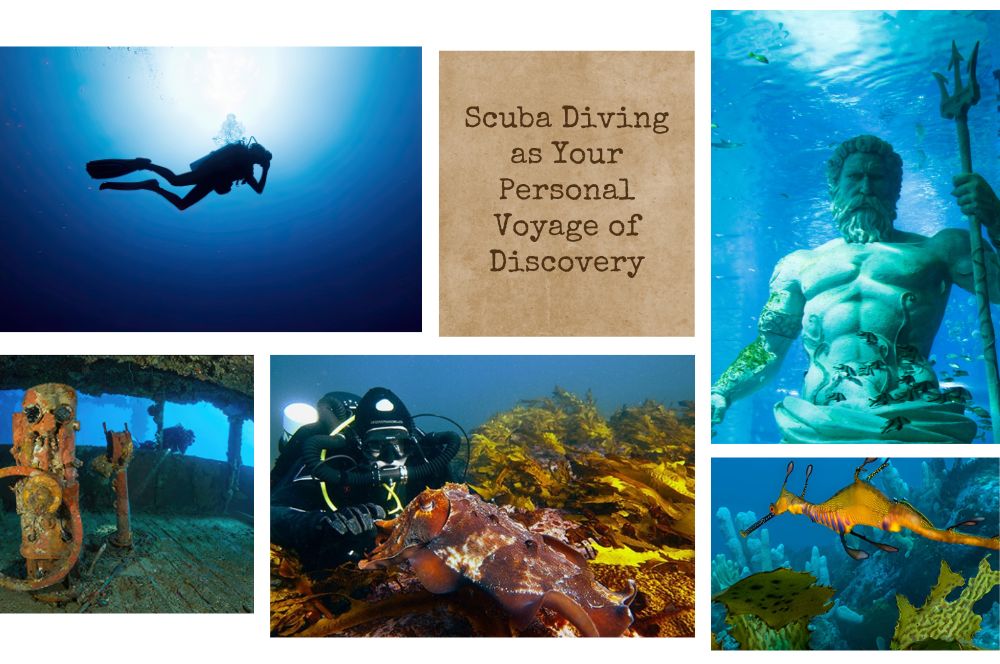
Unearth Benefits of…
Unearthing Atlantis: Scuba Diving as Your Personal Voyage of Discovery Imagine the feeling of weightlessness, […] -
Beyond the Bubbles: Discover the Hidden…
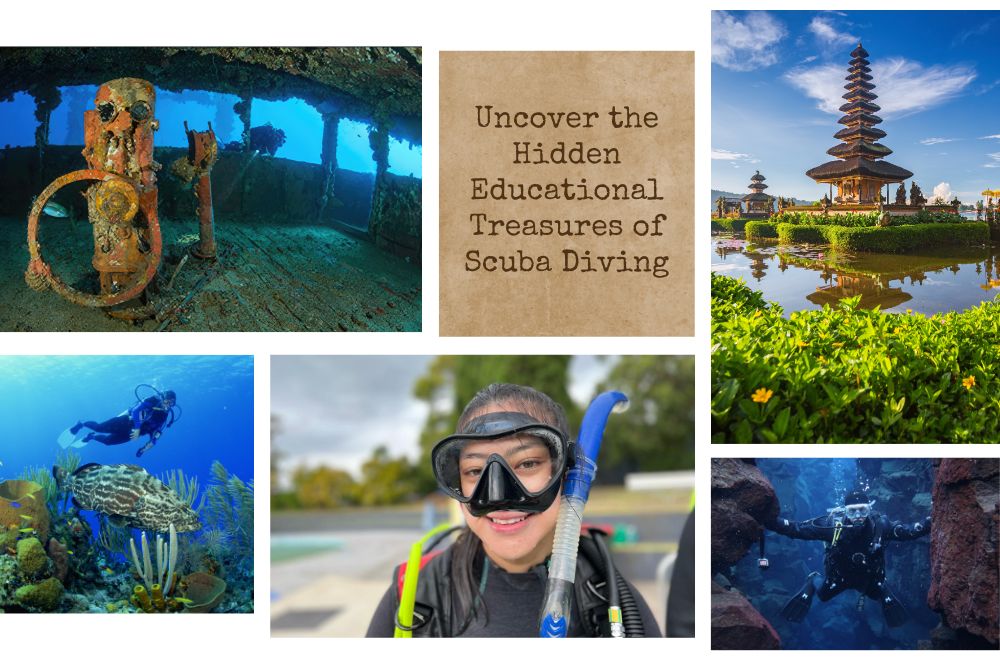
Beyond the Bubbles:…
Dive Into Learning: Uncover the Hidden Educational Treasures of Scuba Diving When you think of scuba diving, […] -
Unlocking Managerial Skills: Scuba…
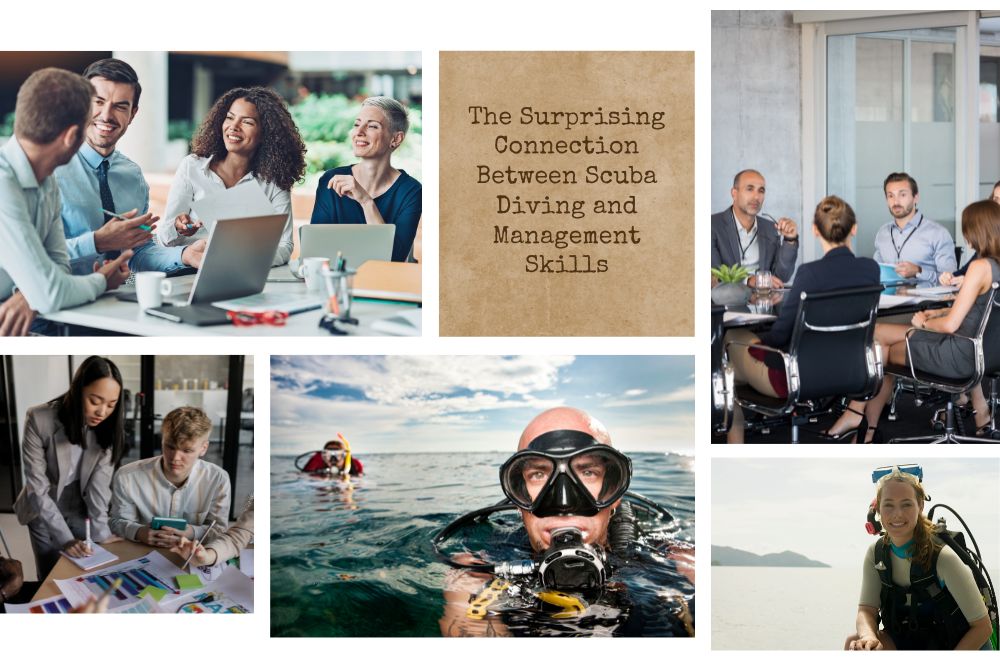
Unlocking Managerial…
Diving into Leadership: Discovering the Surprising Connection Between Scuba Diving and Management Skills […]
Recent Posts





